Description
Minimally Invasive Bonded Bridges
Over the past 30 years, the approach to replace a missing tooth or a couple of missing teeth has changed dramatically. The traditional crown-supported fixed prosthesis requires aggressive tooth removal, especially because it requires tapering and parallelism between abutments. For tooth-conserving clinicians and patients, the idea of cutting adjacent teeth for a fixed bridge is unimaginable, considering the collateral damage and possible side effects. Also, for most patients, a fixed implant is vastly more desirable than a removable partial denture. Nevertheless, after 30 years of using dental implants, astute professionals have learned that, in many cases, dental implants are neither less invasive nor free of problems. Due to advances in adhesives and a better understanding on how to use them, better porcelains and manufacturing techniques are making the next generation of bonded bridges predictable. In this course, Dr. Ruiz will share a variety of prep designs and uses, as well as step-by-step techniques for temporizing and bonding and the latest research on successful zirconia and porcelain adhesion techniques.
Learning objectives:
- Understand the indications and contraindications for bonded bridges.
- Discuss reasons why patients may prefer a bonded bridge.
- Learn and perform a varieties of preparation designs for bonded bridges, based on need and tooth condition.
- Understand the principles behind the 100% success of the bonded cantilever zirconia bridge.
- Discover the veneer-supported bridge.
- Understand when to use zirconia or e.Max based on specific circumstances.
- Review occlusal principles for success.
- Learn and perform specific predictable adhesive bonded techniques for bridges based on the substrate.
Event Schedule:
Continental Breakfast & Registration: 8:30 am
Workshop: 9:00 am – 5:00 pm on Friday and 9:00 am – 4:30 pm on Saturday
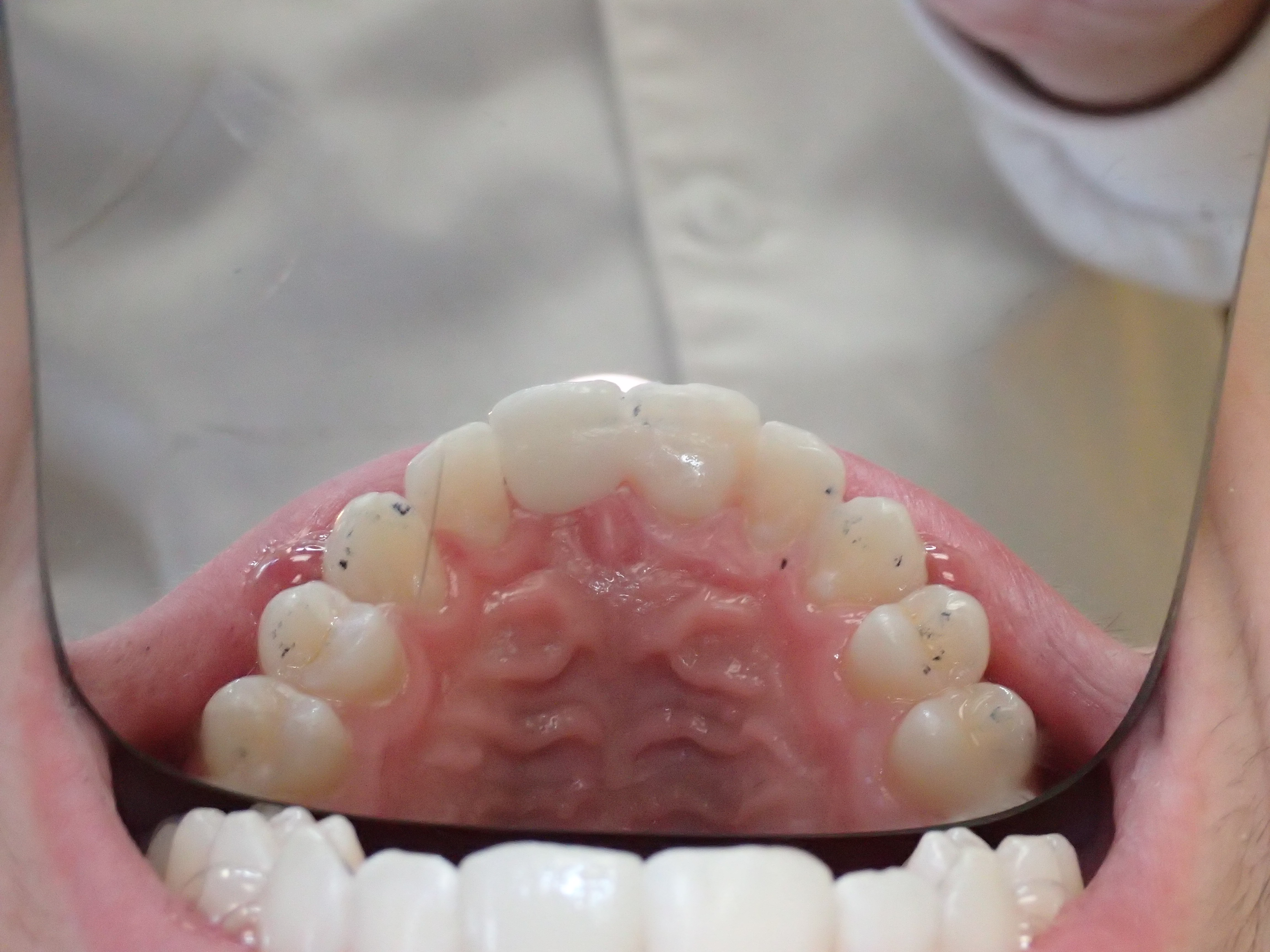
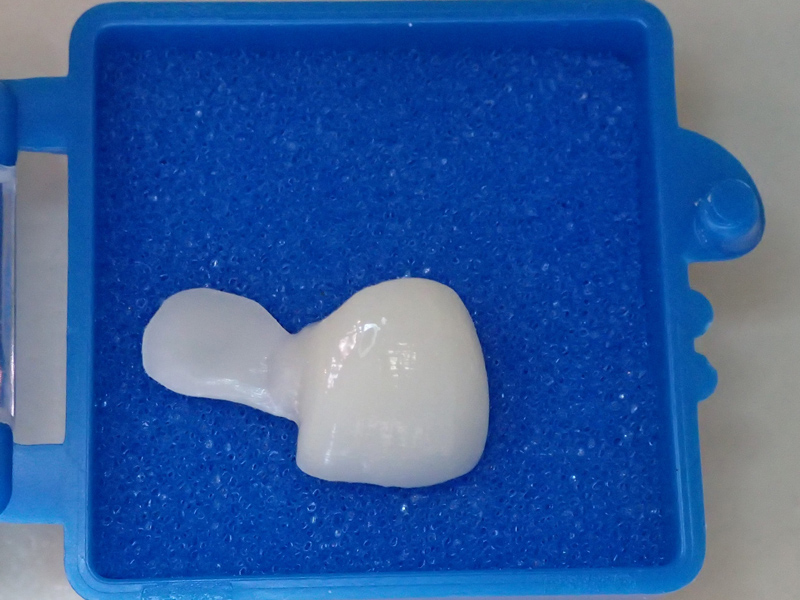
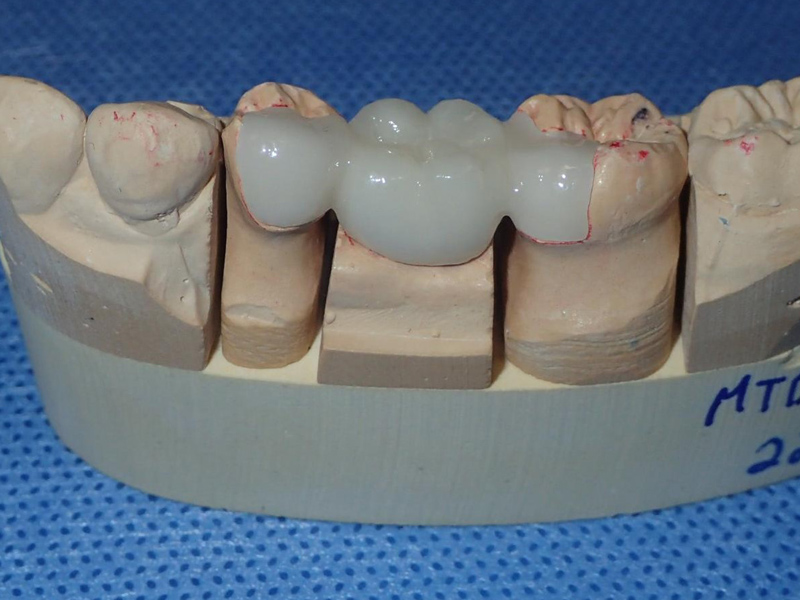
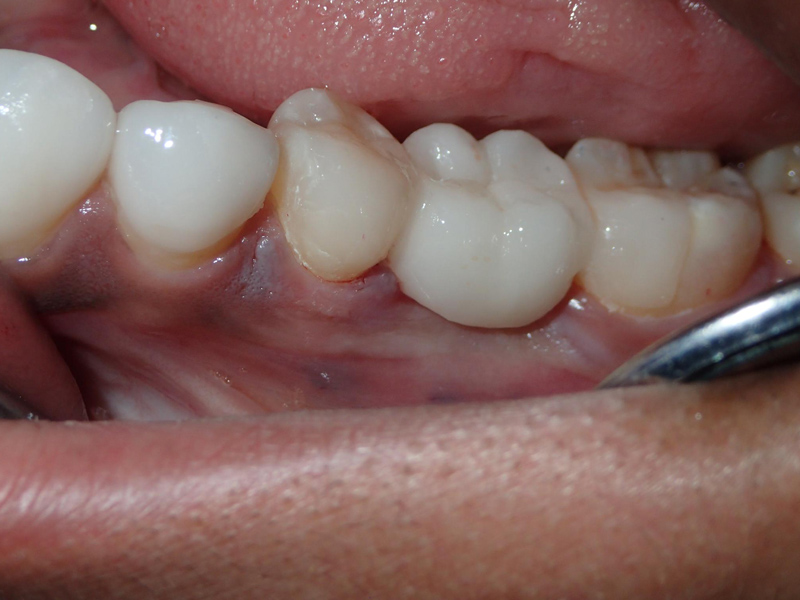



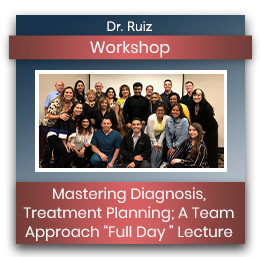


Reviews
There are no reviews yet.